
Having an eye test is something that can make a huge difference in one’s life. It can prevent the loss of vision and help individuals cope with everyday difficulties associated with poor sight.
Eye examination
An eye examination usually consists of a number of tests performed by medical experts such as ophthalmologist, optometrist, or orthopist. These tests are designed to reveal any kind of problem in vision or ability to focus. Regular eye tests are recommended, and people should have them periodically, starting from childhood. An eye test is a part of routine primary care, and in some cases, it may even prevent permanent eye damage, since many eye diseases are completely asymptomatic.
Various eye tests
During the eye examination, a doctor will examine the eye externally and perform a number of tests for visual acuity, pupil function, extraocular muscle motility (the six muscles that control the movements of the eye), visual fields, intraocular pressure and ophthalmoscopy. In most cases, patient’s pupil will be dilated to make the performance of these tests possible.
External examination includes inspection of eyelids and tissues surrounding the eyes. Doctors will also examine conjunctiva and sclera – white part of the eye and mucus membrane covering the eye.
Visual activity tests measure eye’s ability to detect small shapes and fine details. The result of this test is actually a measure of the eye’s ability to focus image that is positioned at the certain distance from the eye.
Pupil function tests are conducted to determine if a pupil is normal in shape and size, as well as if it reacts to light normally. Sometimes, doctors use pupil examination (usually by a swinging flashlight test) to determine if there is any neurological damage present.
A test of ocular motility measures if the movements of the eye are normal. Visual field test, on the other hand, measures the extent of the peripheral field.
Sometimes, doctors also measure intraocular pressure by Tonomery devices that actually measure the outflow of the aqueous humour, a thick watery substance, from the eye.
Finally, ophthalmoscopic examination involves usually magnified inspection of the structures inside of the eye. This test also measures the quality of eye’s red reflex. The red reflex refers to the reddish-orange reflection from the eye's retina. It is used to detect some of the most severe eye problems such as cataract or retinoblastoma. A cataract is a clouding in the crystalline lens of the eye that slowly causes a loss of vision. Retinoblastoma is a quickly developing cancer that affects the cells of retina.



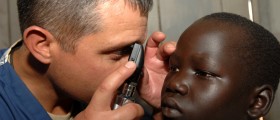
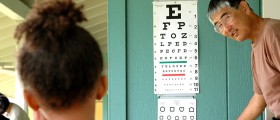

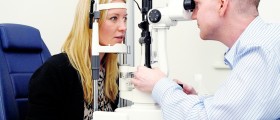




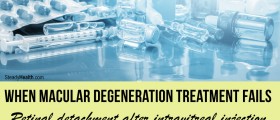


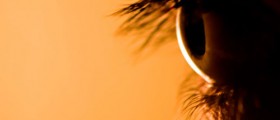
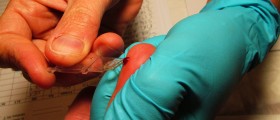

Your thoughts on this
Loading...